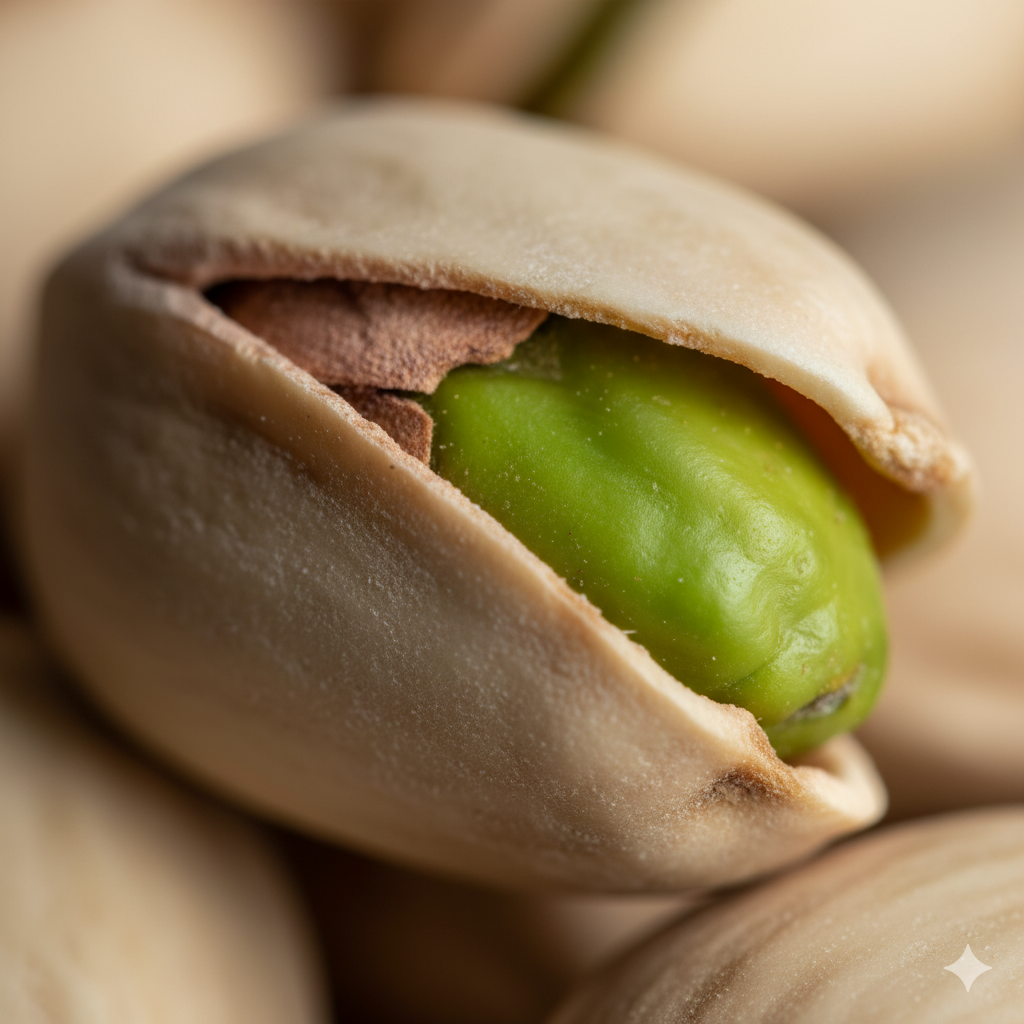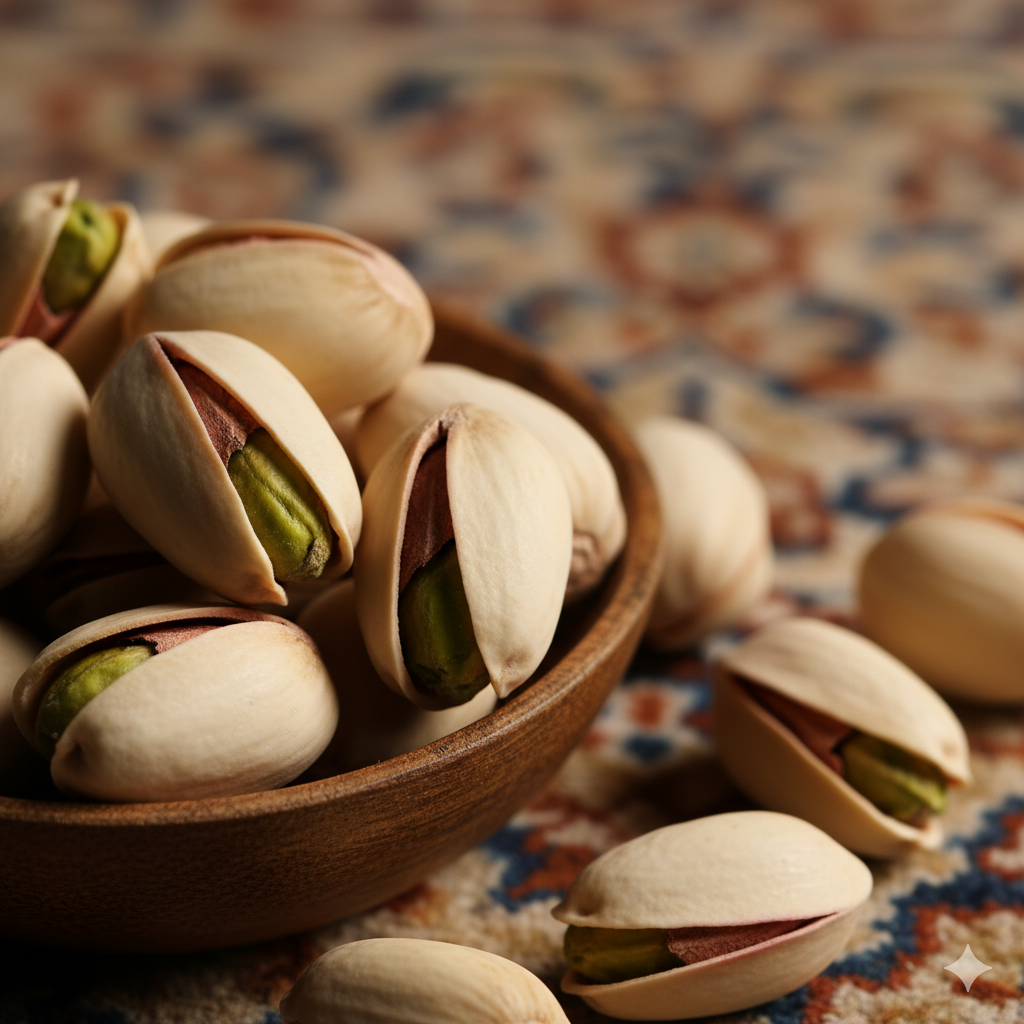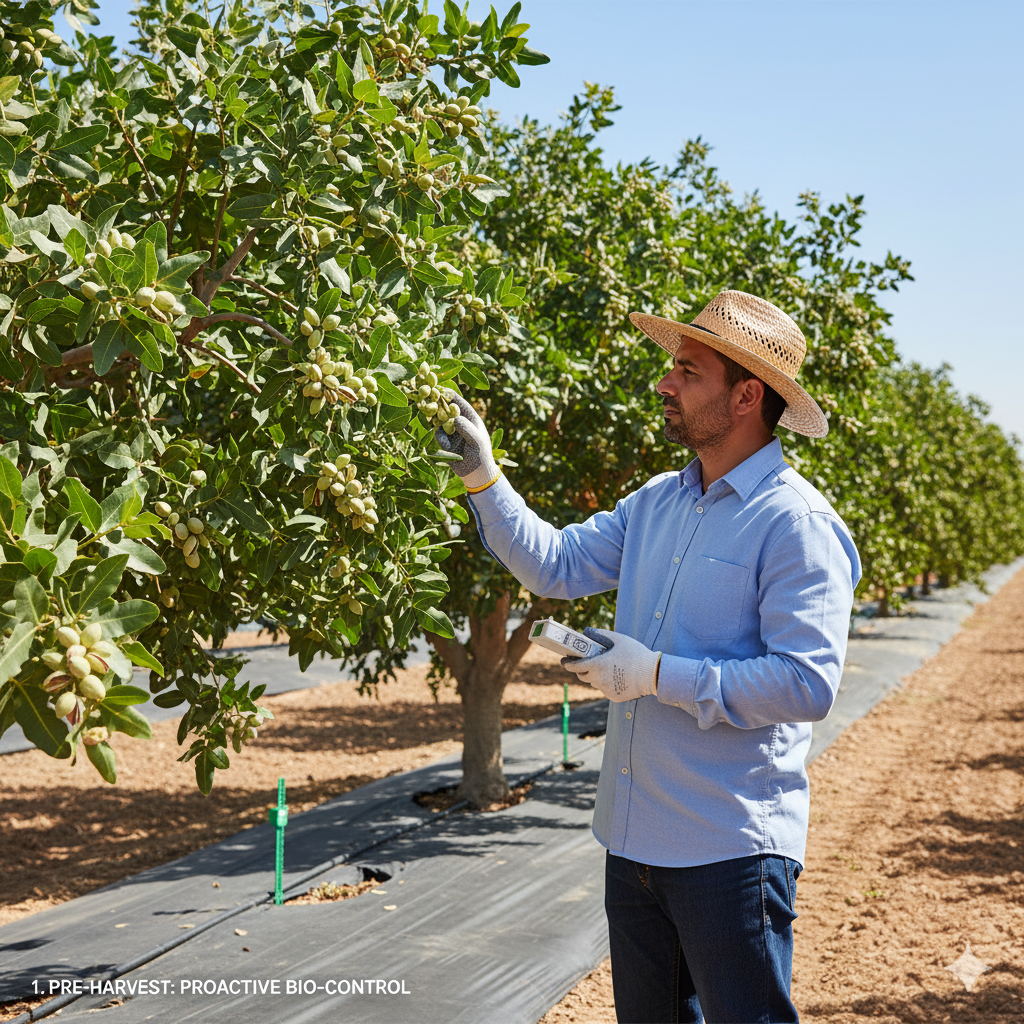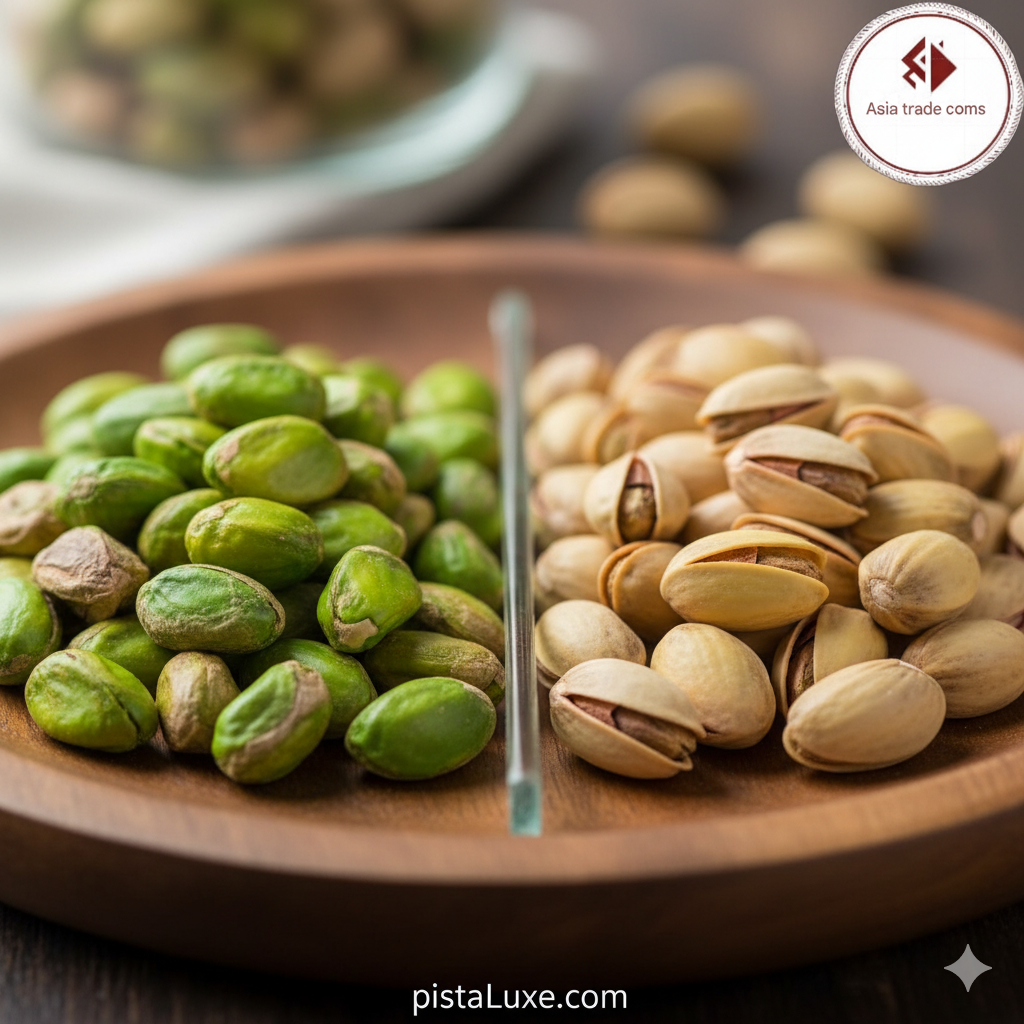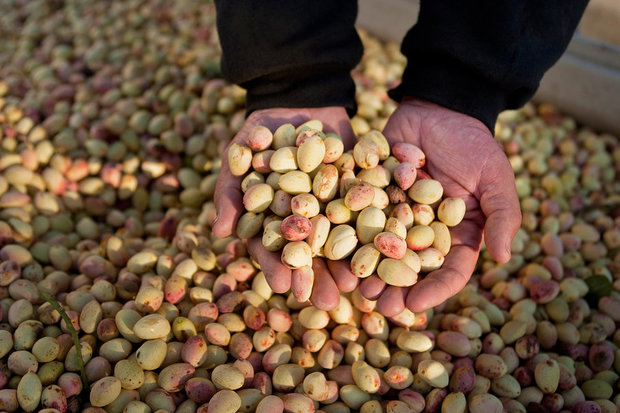
Abstract:
Pistachio Butter (or paste) is a delicious and highly nutritious spread, gaining popularity for its high content of healthy fats, protein, and antioxidants. Making this product at home is not only incredibly simple but also allows you to guarantee the purity of the ingredients and the absence of unnecessary additives. This article details the easy, scientific method for making homemade pistachio butter, along with expert tips for achieving the best color and texture.
Part 1: Why Go Homemade? (Key Advantages)
Preparing pistachio butter at home offers undeniable advantages over industrial products, the most significant of which include:
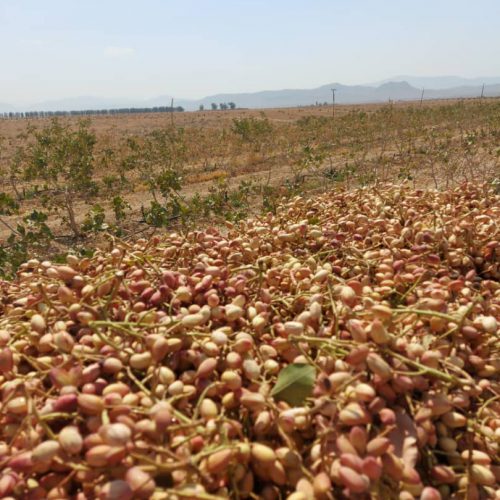
- Full Control Over Ingredients and Additives: You can use high-quality, fresh pistachios and completely manage the amount of sugar, salt, or any other sweetener (such as honey or maple syrup).
- High Purity (No Emulsifiers or Added Oils): Unlike many commercial products that use emulsifiers (like lecithin) or cheaper vegetable oils (like palm oil) to increase shelf life and prevent oil separation, the homemade version relies solely on the pistachio’s natural oil, which is cholesterol-free.
- Preservation of Nutritional Value: The homemade process generally uses lower heat and shorter processing times, which helps preserve heat-sensitive vitamins (such as B vitamins) and antioxidants.
- Desired Natural Green Color: By using raw pistachios and a special technique (blanching to remove the brown skin), you can achieve a bright, appetizing green paste that is often dull in commercial products due to excessive roasting or lower-grade pistachios.
Part 2: The Easy and Scientific Method for Homemade Pistachio Butter
The only essential ingredients you need are high-quality pistachio kernels (preferably raw and unsalted) and a powerful food processor or high-speed blender.
Step-by-Step Instructions:
- Pistachio Preparation (Optional for Better Color):
- For a brighter green color, remove the thin, brown skin from the kernels. To do this, quickly drop the pistachios into boiling water for 1–2 minutes (blanching), then immediately drain and transfer them to cold water. The skins will easily rub off with your fingers or a clean towel.
- Gentle Roasting (Optional for Stronger Flavor):
- Roast the shelled or raw pistachios gently in an oven at a low temperature (around $150^\circ C$ or $300^\circ F$) or in a dry pan for 5 to 10 minutes. This intensifies the aroma and helps release the oil, but it will slightly dull the green color.
- The Blending Process:
- Place the pistachios in the food processor or blender.
- Turn on the machine and allow the blending process to take place. This usually takes between 5 to 15 minutes and goes through these stages:
- Whole Nut Coarse Crumbs Dry Powder Moist Paste (Oil is released) Smooth, Creamy Butter.
- Stop the machine every few minutes and scrape down the sides with a spatula, pushing the material towards the blades. Scientific Note: Patience is key. During this stage, the monounsaturated fats in the pistachio (like Oleic Acid) are released, turning the powder into a smooth, natural emulsion.
- Optional Additions:
- Once the desired texture is reached, you can add:
- 1 teaspoon of natural honey or maple syrup (for sweetness).
- A pinch of Himalayan salt (to balance the flavor).
- 1 teaspoon of coconut oil (only if absolutely necessary for fluidity, though not generally recommended).
- Mix the ingredients for another 30 seconds.
- Once the desired texture is reached, you can add:
Part 3: Storage
Store your homemade pistachio butter in an airtight glass jar in the refrigerator. It typically lasts between 3 to 4 weeks. If the oil separates, simply stir it well before consumption.
To order or get advice on pistachio and dried fruit varieties, contact our team via our official WhatsApp. Our support team is ready to answer your questions and can help you choose the right pistachio and dried fruit. WhatsApp number 009890214773705


